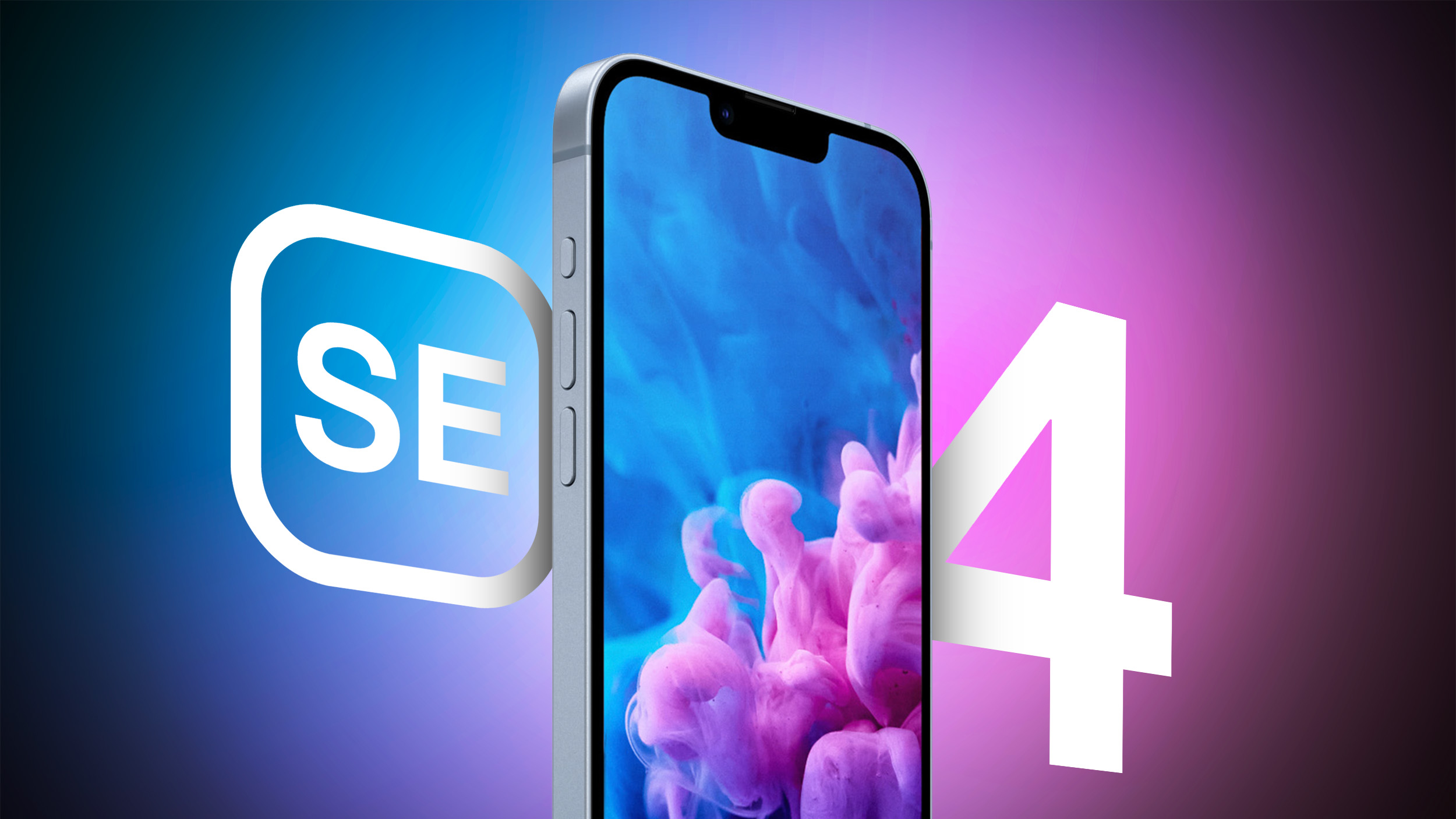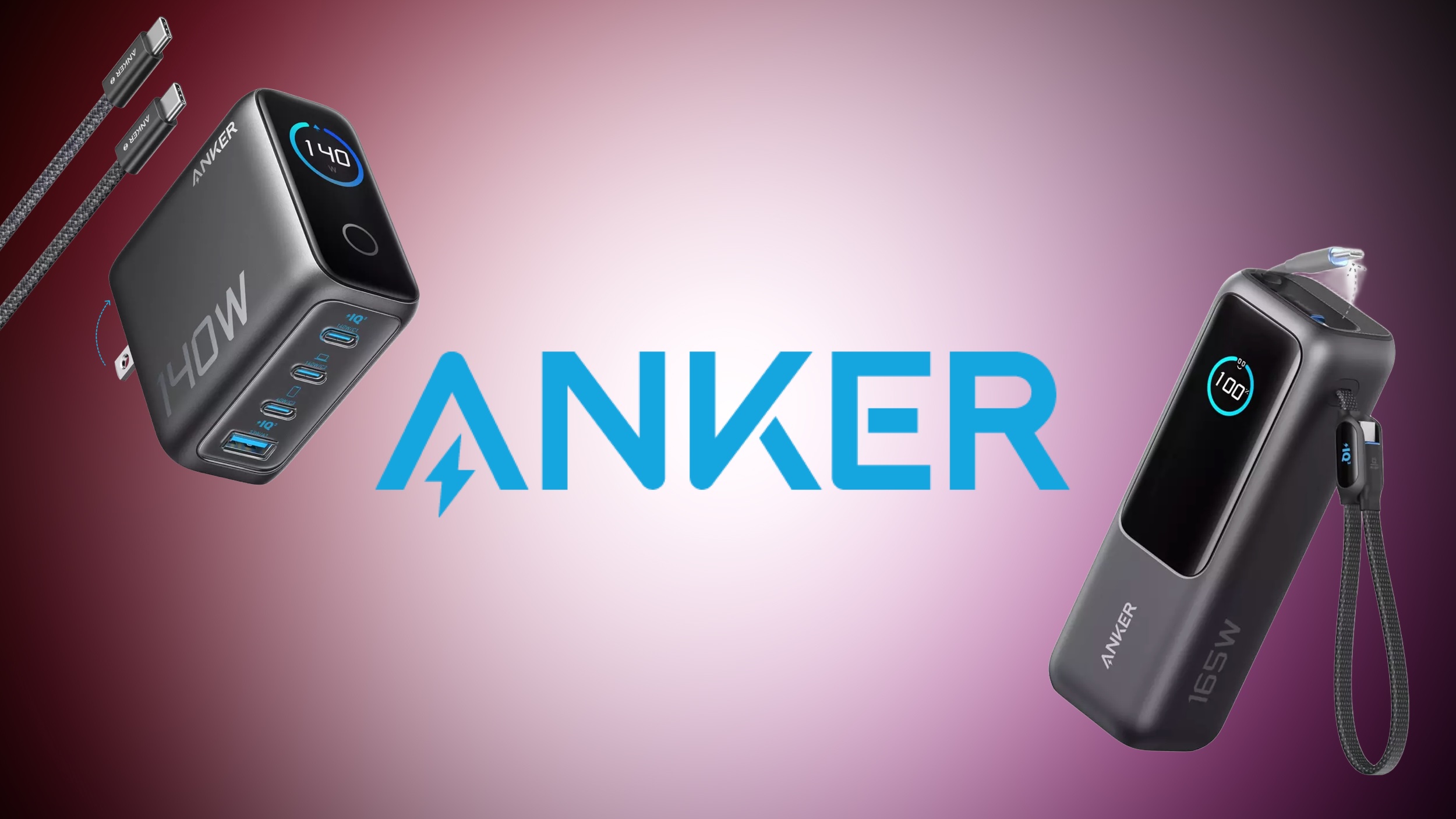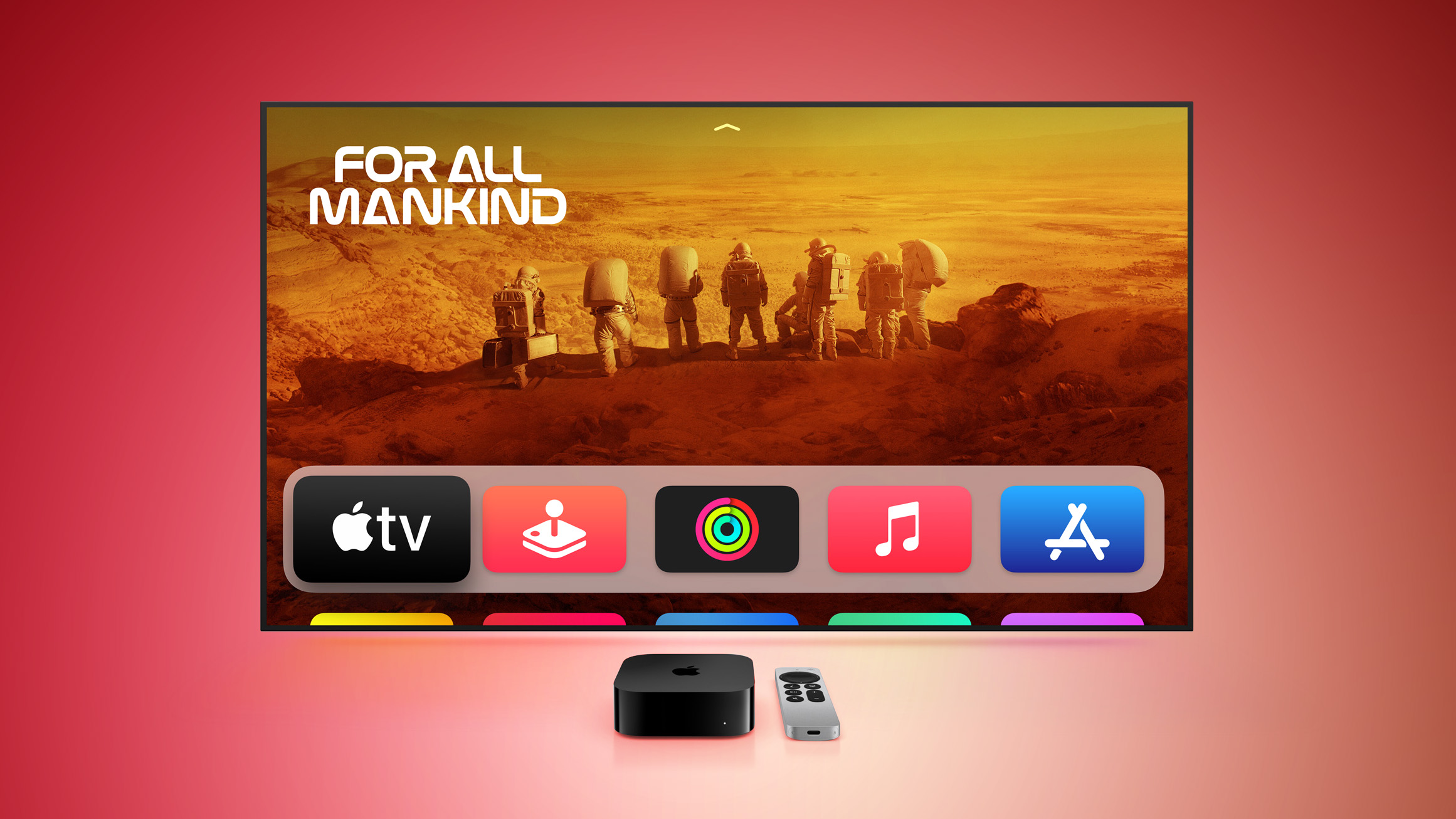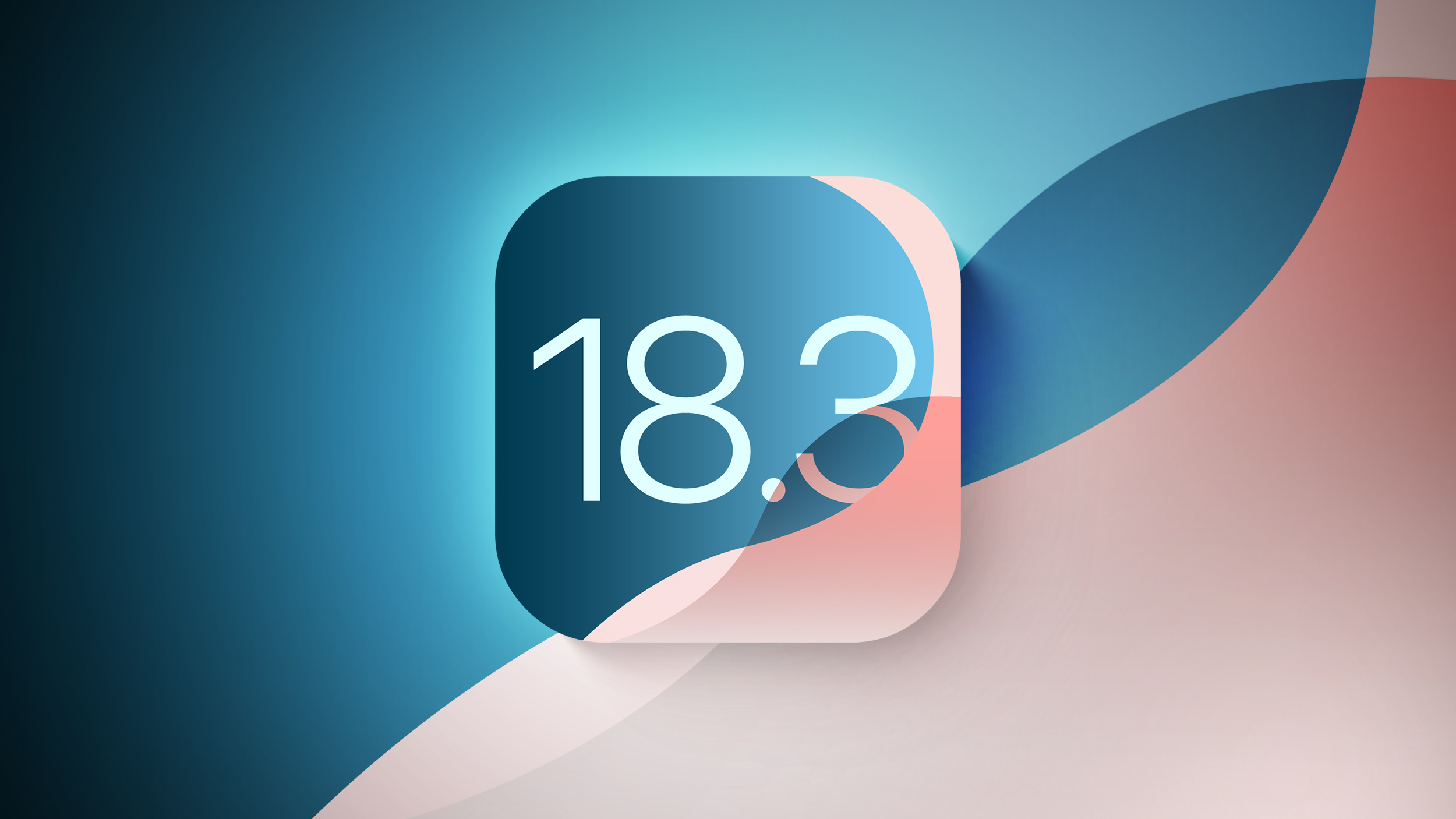Peloton Guide doesn’t reinvent the training wheel – but that’s OK
When Peloton announced its new strength-training tool, Peloton Guide, in November last year, skeptics were quick to criticize its surprising lack of innovation and (unsurprisingly) high price.
A motion-tracking camera that costs more than a PS5? From the company whose bikes and treadmills have revolutionized the way we think about home fitness, the negative reception was understandable.
But the brand’s first foray into dedicated strength training employs this admittedly simple technology to genuinely useful effect, whereas similar AI-enabled workouts have not. That refreshing competence, coupled with a dramatic (and welcome) price cut, means Peloton Guide could become the gateway product the company clearly hopes it will, after all.
So, what does Peloton Guide actually do? Well, for $295 / £275 / AU$445 plus a monthly subscription fee (which we’ll detail below), users get a webcam-sized unit that, after being hooked up to a TV via HDMI, provides interactive on-screen workouts dedicated to non-cardio activity.
A movement tracker adds some much-needed self-discipline to the Guide’s library of strength-based activities, a body activity monitor recommends the best route to a well-rounded routine schedule, and Peloton’s near-celebrity-level trainers make the whole experience extremely, well, Peloton.
As with every Peloton product, you’ll need to fork over a monthly fee – $13 / £12 / AU$19 for the standalone strength package, or $24 / £24 / AU$35 for the brand’s All-Access Membership (an introductory offer running until the end of the year) – but these figures have become much more digestible (even if not quite affordable) after the brand slashed $200 / £175 / AU$305 off the price of the main camera unit just days before release.
Peloton Guide ships with a remote control to navigate its menus, though the company is currently beta testing voice-activated commands for selecting, skipping, and pausing mid-workout. The camera also has both a physical mute switch and a lens cover to ensure privacy when not in use.
The Peloton Guide camera set-up (Image credit: Peloton)
That’s the basic information out of the way – but is Peloton’s latest invention any good? In our short time spent with the device, we can confidently say that, yes, Peloton Guide offers users a well-rounded and genuinely enjoyable workout experience, even if it isn’t anywhere near as revolutionary as the brand’s existing hardware-software combinations.
All things to all people
For starters, Peloton Guide is suitable for all experience levels. There are no parameters built into its strength workouts regarding specific dumbbell weights (beyond small, medium, and large), so users are encouraged to self-select weights as part of universal workout plans.
That, in itself, is a virtue given how difficult it can be to wade into strength training for the first time. Those unfamiliar with the correct technique for lunges, squats, bicep curls, and the like will find plenty of guidance here from Peloton’s award-winning instructors – who also drop regular nuggets of wisdom for more advanced users – and as that familiarity grows, you’re free to adjust the weights you’re using to make progress at your own pace.
What’s more, those imagining Peloton Guide’s movement tracker to be a glorified Xbox Kinect sensor or Wii Fit remote should rest assured: this is a camera that works consistently. During our brief time spent testing the small TV unit, the camera (a 12-megapixel wide-angle lens streaming 4K video at up to 60fps) never once lost track of our movements nor reacted angrily to our deliberate attempts to disorientate it. Again, this is a supposedly simple technology, but it’s one Peloton has fine-tuned to work effectively as the centerpiece of its latest offering.
(Image credit: Peloton)
Find your own form
There is room for improvement. As effective as self-correction can be when you see yourself performing a move differently from the on-screen instructor, Peloton Guide doesn’t offer specific form feedback – it really is up to the individual to better their own technique. You’ll get calorie and heart rate metrics in real-time (if you opt to use the brand’s associated heart rate monitor), but nothing to tell you whether you’re actually stretching in the right places (beyond coincidental trainer remarks).
That being said, as with every other Peloton product out there, there’s already a lot of data on-screen at any given time. Sure, you’re entirely at liberty to ignore the myriad stats and partially-colored illustrations of your anatomy – there’s even an optional HUD-free mode to exercise in peace – but having all this information at your disposal can be overwhelming. We can imagine it being hard for the uninitiated user, for instance, to know where to look and what data to consider important before, during, and after a workout.
(Image credit: Peloton)
But such is the nature of fitness technology in 2022. It’s not really fair to criticize Peloton’s latest offering for giving its users too much information. Everything is, as always, presented smartly – though there’s a learning curve to be experienced here for anyone new to the service, even if the process of performing the workouts themselves is a simple one.
All in all, then, Peloton Guide does what it says on the box – and that’s a good thing. Before testing the device and software, we expected the brand’s newest product to be a largely inessential entry into the established Peloton canon. But, to our surprise, it provided a challenging, enjoyable, and ultimately seamless workout experience.
Peloton Guide’s still-expensive price tag will, of course, be a determining factor in whether new and existing customers flock to yet another fitness-based subscription service. Even so, we think it’s a great option for those keen to integrate quick and engaging at-home strength workouts into their lifestyle routine.
Are you a keen runner? We’ve tested and ranked the best fitness trackers







